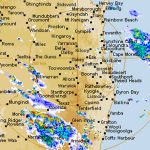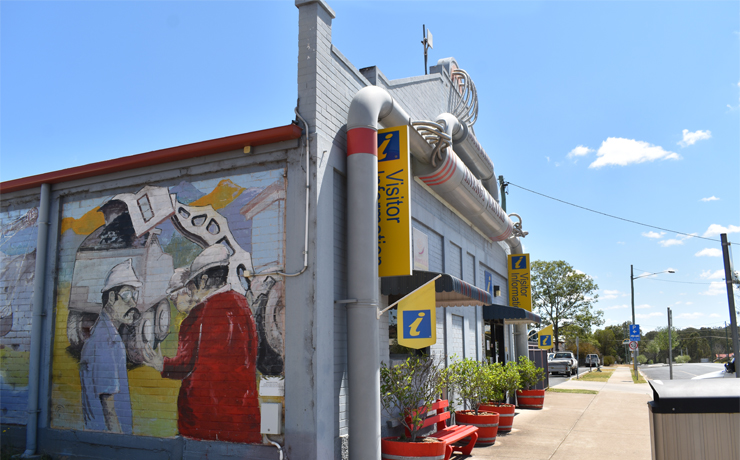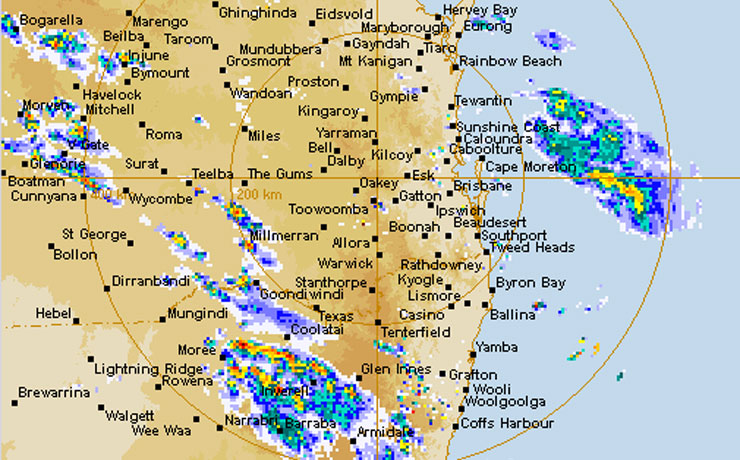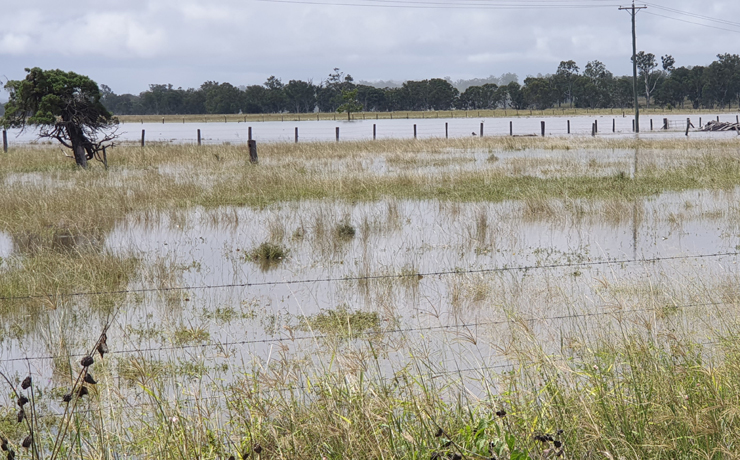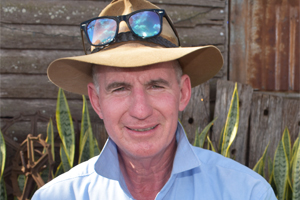
February 10, 2017
The State Government has emphasised that “general farm work” has not been affected in the Chinchilla area despite hydrogen gas being located in the soil.
Three new areas of contamination, likely linked to Linc Energy’s controversial underground coal gasification (UCG), plant were revealed earlier this week.
“From the moment we became aware of contamination in this region, in February 2015, my Department has continued to undertake soil testing and drilling,” Environment Minister Dr Steven Miles said on Friday.
“We want to ensure the local landholders are kept informed at all times about what we’re doing on the land, the extent of the contamination we’ve found, and the nature of the impacts that this contamination may have on them.”
He said EHP officers had been visiting landholders on Friday and a call centre had also been set up to help explain the situation.
“At the outset let me stress that the preliminary results we have received from testing up to December last year show no new contaminants.”
However, Dr Miles said testing had detected the presence of hydrogen below ground on land outside the present excavation caution zone.
“Any issues this may create are manageable,” he said.
Dr Miles said the government’s most recent testing was at 70 locations outside the excavation caution zone, 58 conducted on State land and 12 on private land.
“I am advised that preliminary results showed elevated levels of hydrogen on three of those private properties and we have moved immediately to ensure the landholders concerned are made aware of what this means to them.
“Our testing continues to confirm that human health is not impacted and neither are local water supplies, air quality or agricultural products.
“We are saying to landholders that if hydrogen is confirmed on their properties, any excavation or similar work below a depth of two metres should be undertaken with due care and attention.
“General farm work is not, and never has been impacted.”
The hydrogen gas dissipates quickly once it is exposed to open air.
Dr Miles said scientific analysis has already established that the gas was associated with combustion processes and was not associated with coal seam gas development.
Dr Miles said EHP would continue its testing program in the area.
“We are working hard to measure the scope of the contamination and to make sure the community is continually advised of where we are testing and what results we have received,” he said.
He said results from initial “rapid assessment” phase resulted in the present excavation caution zone, approximately 320sq km in size, being established.
The caution zone does not ban excavations, it simply advises individuals wishing to excavate to take precautions before doing so.
“EHP is consulting with experts, including scientists from the Department of Science, Information Technology and Innovation and relevant universities, to determine the best way forward from here and we will ensure the local community is kept informed of these plans,” Dr Miles said.
“We thank landholders in the area for their patience as we continue to investigate and conduct further tests to better characterise the extent of contamination.
“The government has also been in direct contact with the Mayor Paul McVeigh, and local MP Ann Leahy,” he said.
Related articles:
- More UCG Contamination Found
- Five Linc Executives Face Charges
- UCG Banned In Queensland
- Linc To Be Liquidated
- LNP Calls For UCG ‘Transparency’
- UCG To Be Banned In Queensland
- Linc Appoints Administrators
- Linc Landholders Plan Group Action
- Gasfields Review Extends To Coal
- Linc To Face Trial
- Lock The Gate Calls For Urgent Ban On UCG
- Linc To Face Class Action
- Calls To Ban UCG
- Workers Exposed To Syngas: Claim
- UCG Company Charged









